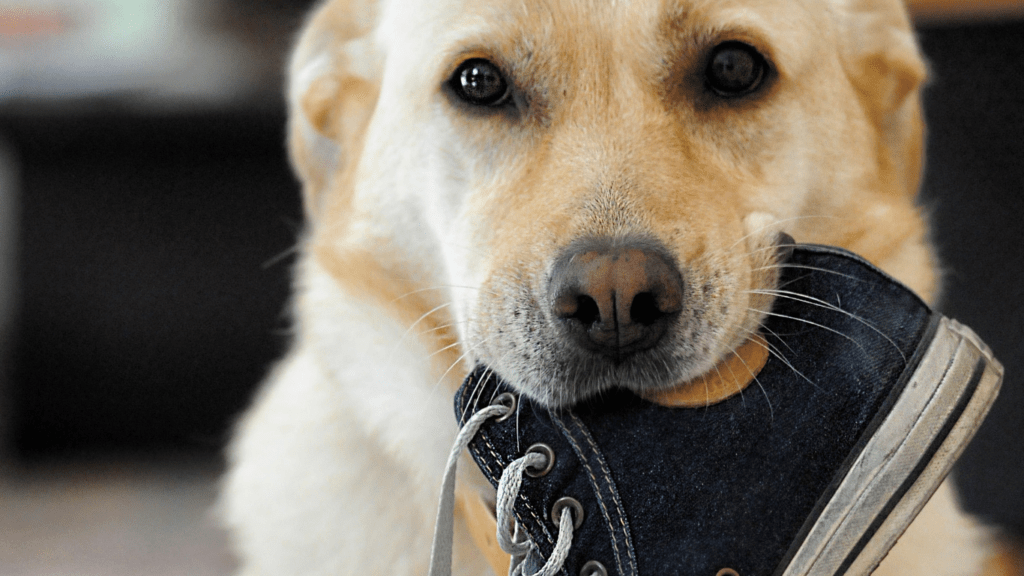How to Stay in Control When Your Dog Gets Overexcited Outside
For some dogs, going for a walk is the highlight of their day — and it shows. As soon as the lead comes out, they’re already zooming around, barking at birds, lunging toward every tree, and pulling like they’ve got somewhere urgent to be. If your dog turns into a whirlwind the moment you step […]
How to Stay in Control When Your Dog Gets Overexcited Outside Read More »








